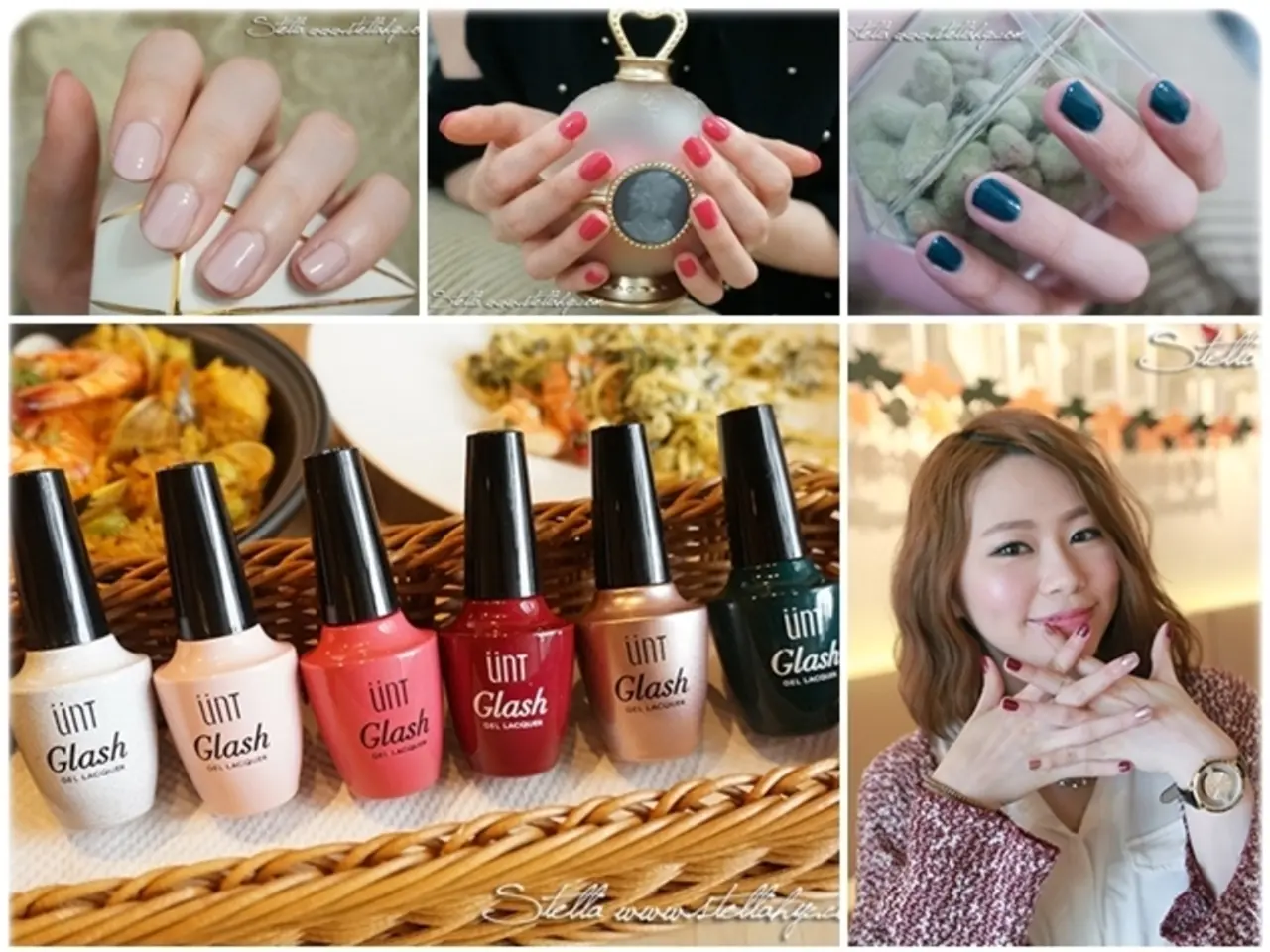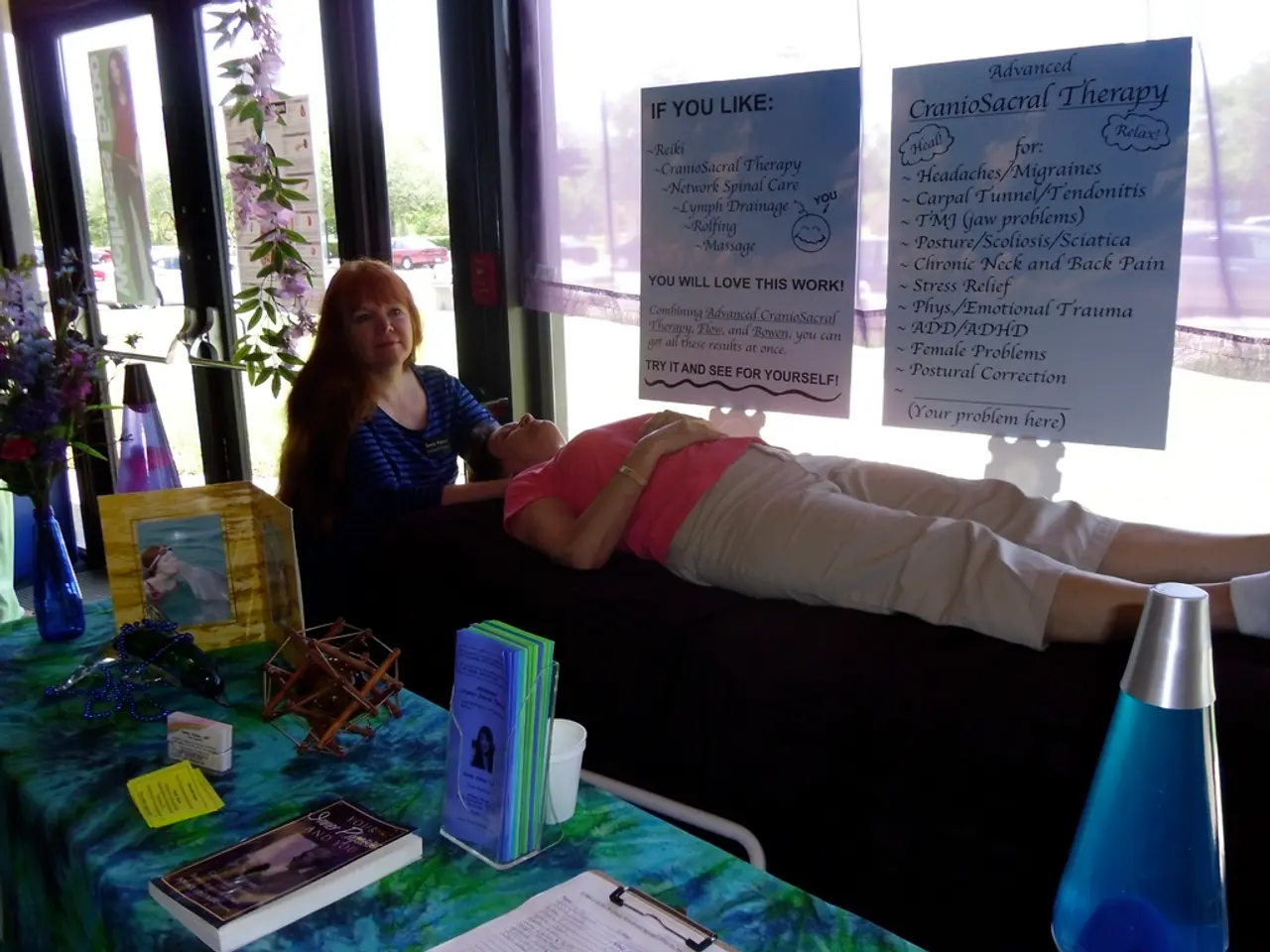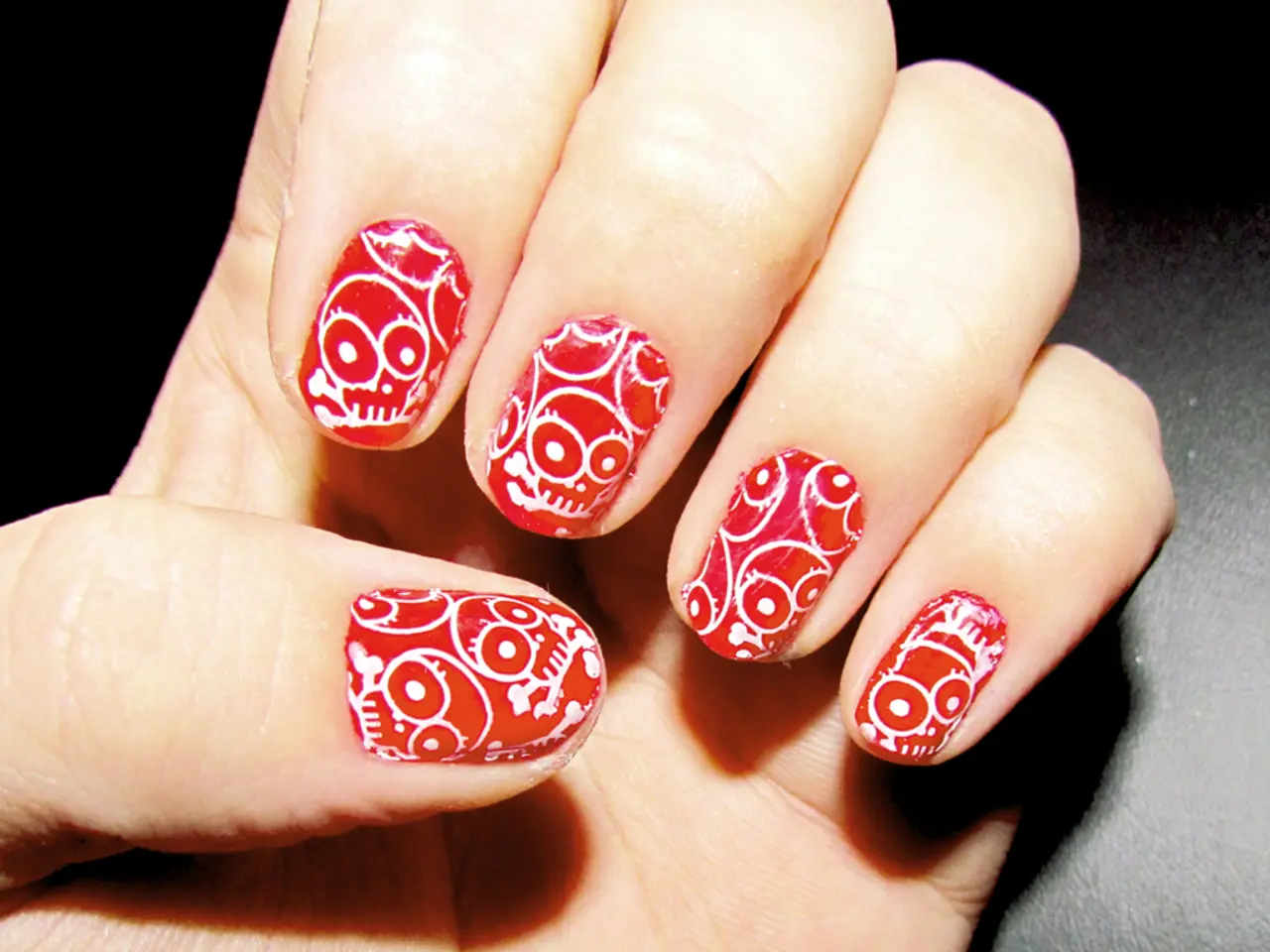The Study Unveils a Consistent Pattern in the Wrinkling of Fingers After Bathing
Pruney Fingerprints Remain Stable for Forensic Identification
A groundbreaking study conducted by researchers at Binghamton University's Biological Soft Matter Mechanics Laboratory has revealed that pruney fingerprints, or wrinkled skin after prolonged water exposure, do not alter the fundamental fingerprint patterns used in forensic identification. This finding could have significant implications for forensic investigations, particularly in identifying fingerprints at crime scenes or bodies recovered from water.
The study, published in the Journal of the Mechanical Behavior of Biomedical Materials, was led by graduate researcher Rachel Laytin and biomedical engineer Guy German. German's interest in this research stems from his fascination with the potential applications in the field of forensics.
The study confirmed that individuals with median nerve damage, which prevents the fingers from wrinkling, do not get wrinkles after prolonged water exposure. Moreover, a participant with median nerve damage in the study showed no signs of pruney fingers. This observation led the researchers to investigate the consistency of pruney finger patterns further.
The researchers found that the "topography" of pruney fingers remains consistent across different immersion periods. They also discovered that blood vessels in fingers and toes maintain their relative positions during prolonged water exposure. To support their findings, they photographed study participants' fingers after being immersed in water for specific periods.
The researchers compared photographs of study participants' fingers after being immersed in water for half an hour and at least 24 hours later. They found that the wrinkles that form on pruney fingers are consistent in their pattern. This consistency implies that fingerprints themselves do not lose their uniqueness or clarity when pruney, so fingerprint evidence recovered from water-exposed surfaces at crime scenes can still be used reliably for identification in forensic investigations.
The study was initiated to answer a child's question about the consistency of pruney finger patterns. German mentioned that his father, a former U.K. police officer, encountered difficulties with biometrics and fingerprints while on the job. This personal experience fueled German's interest in exploring the potential applications of pruney prints in law enforcement biometrics.
The study's findings could potentially lead to the inclusion of pruney prints in law enforcement's biometric database. However, further research is needed to determine the practical implications of this discovery in the field of forensics. Nonetheless, the current evidence supports the reliability of fingerprints for forensic use despite water immersion.
- Gizmodo reported on the study, highlighting its potential impact on forensic science, particularly in the identification of fingerprints when dealing with medical-conditions like median nerve damage.
- The team at Binghamton University's Biological Soft Matter Mechanics Laboratory found that pruney fingers, a result of prolonged water exposure, do not affect the science of fingerprint identification and health-and-wellness due to the consistent topography of pruney fingers.
- In the study, researchers discovered that the blood vessels in fingers and toes maintain their relative positions during prolonged water exposure, further reinforcing the consistency of pruney finger patterns.
- These findings suggest that advances in science and technology, such as this study on pruney prints, could revolutionize the future of medical-conditions research, particularly in skin-care and forensic investigations.




